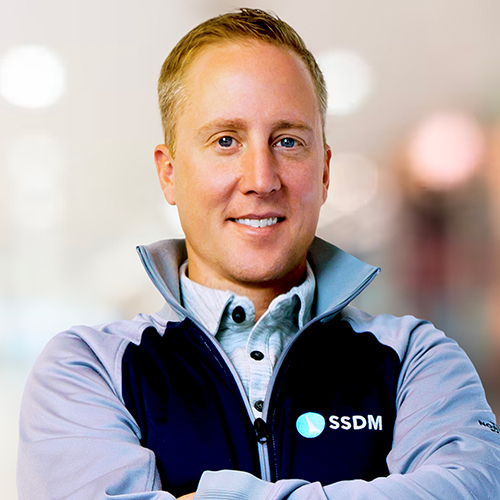When it comes to maintaining and increasing occupancy in senior living communities, population demographics play a crucial role. Understanding the aging population in the geographic areas your communities serve can help align your lead generation and occupancy goals with market realities. In particular, ensuring that your community has enough units to accommodate at least 10% of the local population aged 65 and older is a key factor in occupancy success.
Aligning Supply with Demand
A community’s success largely depends on whether there are enough seniors in the area to sustain a steady stream of residents. A general rule of thumb is that your senior living portfolio should have enough units to serve at least 10% of the population aged 65 and older. This alignment between supply and demand ensures that your community is not overbuilt for a market that cannot support it nor too small to serve the local senior population effectively.
The Baby Boomer Impact
The baby boomer generation, those born between 1946 and 1964, has dramatically impacted the senior living industry. According to a Population Reference Bureau report, baby boomers, currently between the ages of 62 and 76, make up at least one-fifth of the population in over one-third of the counties across the United States. This massive demographic shift means that senior living communities in these areas will see an increasing demand for housing and services as this generation ages.
For senior living operators, it’s crucial to monitor population trends in the areas your communities serve. If you’re located in a county with a growing population of older adults, you need to ensure that your marketing and sales efforts are targeting this expanding group effectively.
Leveraging Census Data for Insight
To better understand your market’s population dynamics, tools like the United States Census Bureau website can provide detailed information about the demographic makeup of any county in the U.S. You can access data on the percentage of the population that is aged 65 and older, and break down the statistics by variables such as ethnicity, gender, and income levels. This data allows you to tailor your marketing strategy more precisely to meet the needs of your local senior population.
For instance, if a significant portion of the aging population in your area comes from a specific ethnic background, you can adjust your messaging, services, and community culture to better resonate with that demographic. Similarly, understanding the income levels of your prospects can help in developing pricing strategies that align with their financial capabilities.
Customizing Your Marketing Efforts
By using population data and demographic tools, you can create more targeted and efficient marketing campaigns. Senior living shoppers today often begin their research online, and they are looking for communities that meet both their practical and personal needs. Understanding the local population allows you to address these needs in a way that increases conversions.
For example, if you find that a large portion of your target audience is still highly independent, you can promote your community’s independent living services and amenities. If, on the other hand, your local population has a higher percentage of individuals needing memory care or assisted living, you can emphasize your specialized services in these areas.
Population trends are a powerful determinant of occupancy rates in senior living communities. By aligning your available units with the aging population in your market and customizing your marketing efforts based on demographic data, you can position your community for long-term success. Understanding these population indicators will allow you to meet the needs of seniors exactly where they are, increasing conversions and boosting occupancy.
If you’d like to discuss how to incorporate population data into your strategy or explore additional ways to boost occupancy, schedule a call with us today!










